Sua fonte de notícias atualizadas sobre criptomoedas — tendências, análises e movimentos do mercado.

Kaspa vem ganhando atenção entre entusiastas de cripto, mas muitos iniciantes ainda perguntam: “O que é Kaspa?”. Se você está entrando no mundo dos ativos digitais pela primeira vez, este guia vai te ajudar a entender os conceitos-chave por trás da Kaspa, como ela difere de criptomoedas populares e por que isso pode importar na sua jornada cripto. No fim, você terá uma visão mais clara da tecnologia, possíveis aplicações e de como explorar o projeto com confiança.
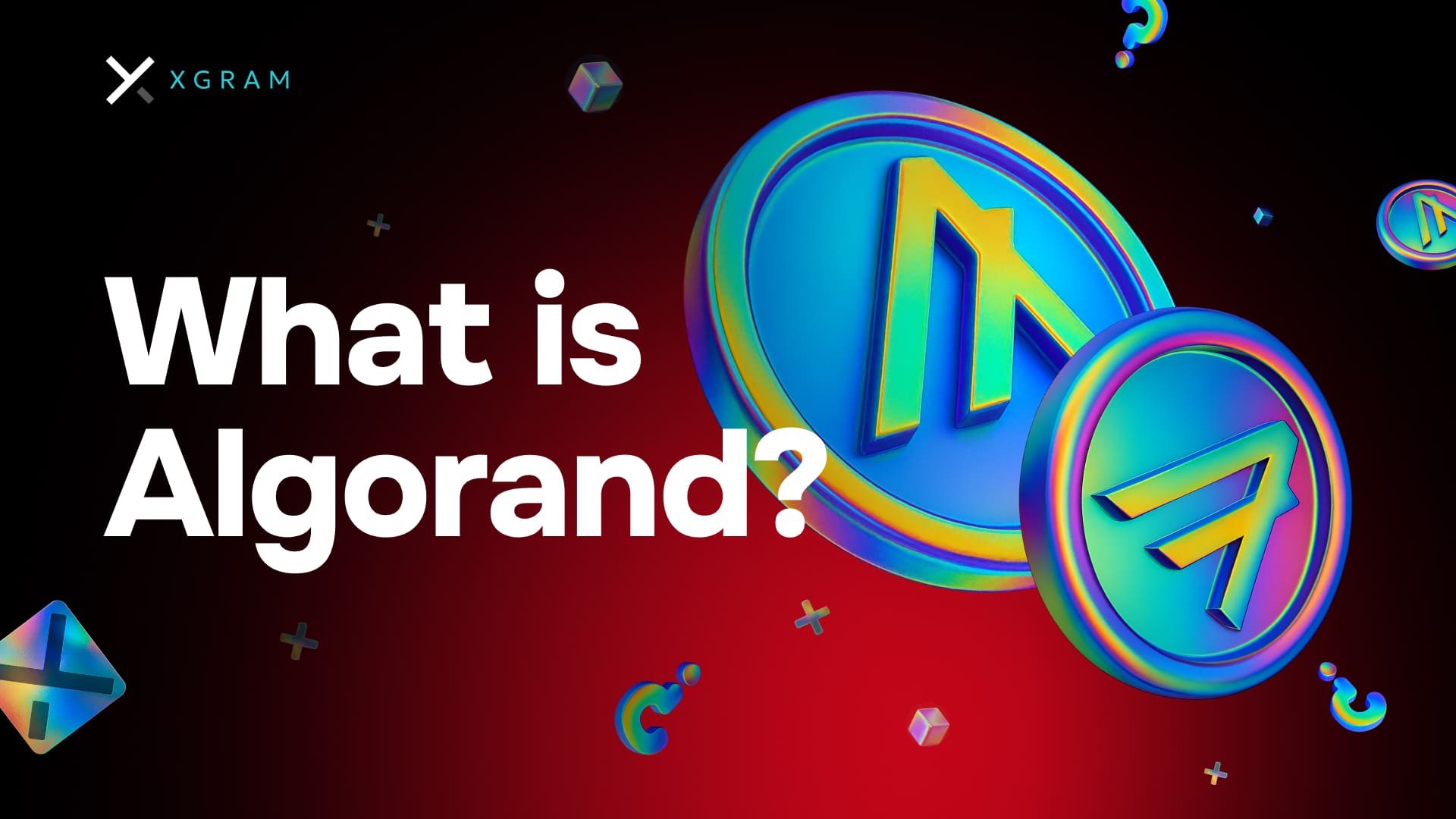
O Algorand se destaca por processar transações de forma rápida em comparação com redes blockchain mais antigas. Essa velocidade vem de um mecanismo de consenso pure proof-of-stake, criado para confirmar transações quase em tempo real. Você se beneficia de liquidações rápidas e de um risco menor de transações ficarem presas. Em comparação com blockchains que dependem de trabalho computacional pesado, o Algorand reduz congestionamento e taxas. Em termos simples, você tem uma experiência suave sem esperar uma eternidade por confirmações.

Você está aqui porque quer saber o que é Jasmy coin e por que ela chama tanta atenção entre novos investidores em criptomoedas. Talvez já tenha ouvido que ela está ligada à privacidade de dados ou que é um token ERC-20 com possíveis casos de uso no mundo real. Qualquer que seja o seu ponto de partida, este guia foi feito para você, iniciante total, para ajudá-lo a entender como Jasmy coin se encaixa no cenário cripto mais amplo.

Se estás a começar em criptomoedas, talvez te perguntes o que é proof of time na blockchain e por que isso importa. Proof of time é uma abordagem de consenso emergente que mede por quanto tempo um participante de uma rede blockchain dedica recursos, em vez de medir quantos recursos (como poder computacional ou tokens) ele tem num dado momento. Esse modelo procura oferecer justiça, eficiência e segurança.
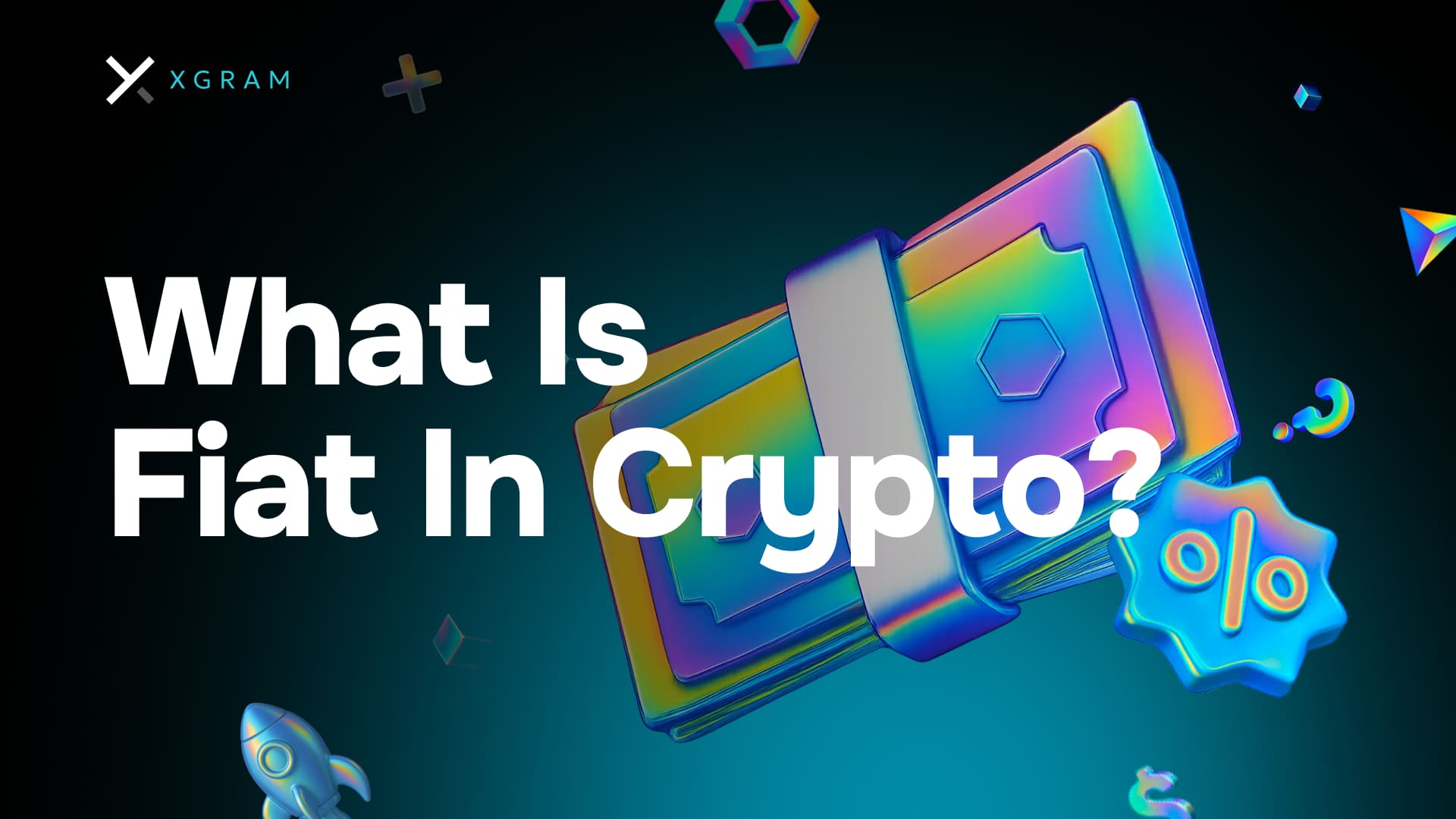
“Fiat” é o nome dado às moedas tradicionais emitidas por governos, como USD, EUR ou JPY. No universo cripto, o fiat é o teu ponto de partida e de chegada: é com ele que compras ativos digitais ou fazes cash out. O fiat é importante porque sustenta a estabilidade económica global, enquanto as criptomoedas trazem inovação e descentralização. Equilibrar os dois costuma significar lidar com taxas de câmbio, comissões e segurança de carteiras.
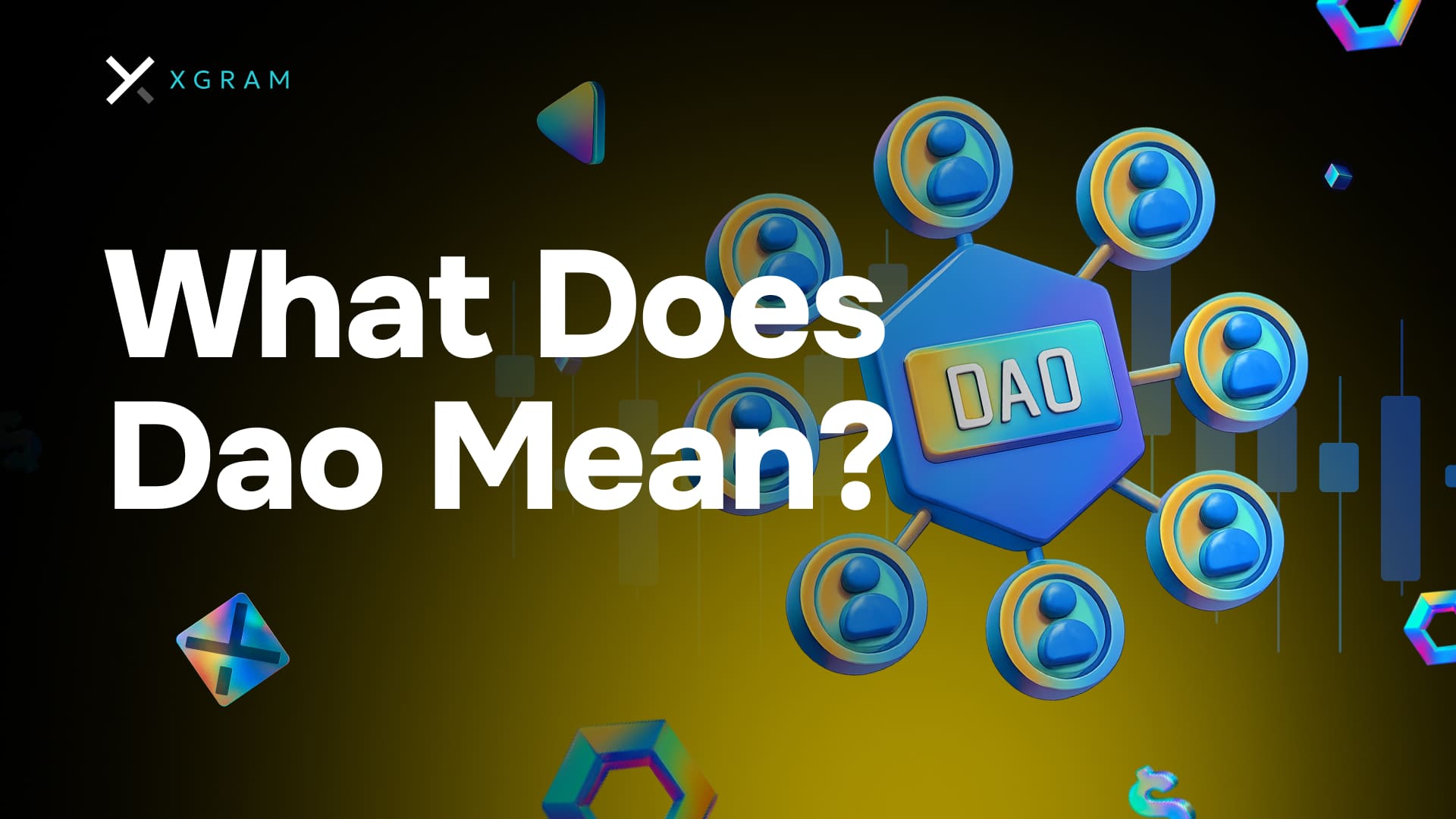
Se você está explorando criptomoedas pela primeira vez, provavelmente já viu esse acrônimo aparecer com frequência. Um DAO, ou Decentralized Autonomous Organization (Organização Autônoma Descentralizada), é um dos blocos de construção de muitos projetos e comunidades cripto. É uma nova forma de reunir pessoas sob um conjunto de regras compartilhadas, sem uma autoridade central no comando. DAOs podem financiar iniciativas, propor mudanças e recompensar apoiadores inteiramente por meio de mecanismos transparentes baseados em blockchain.
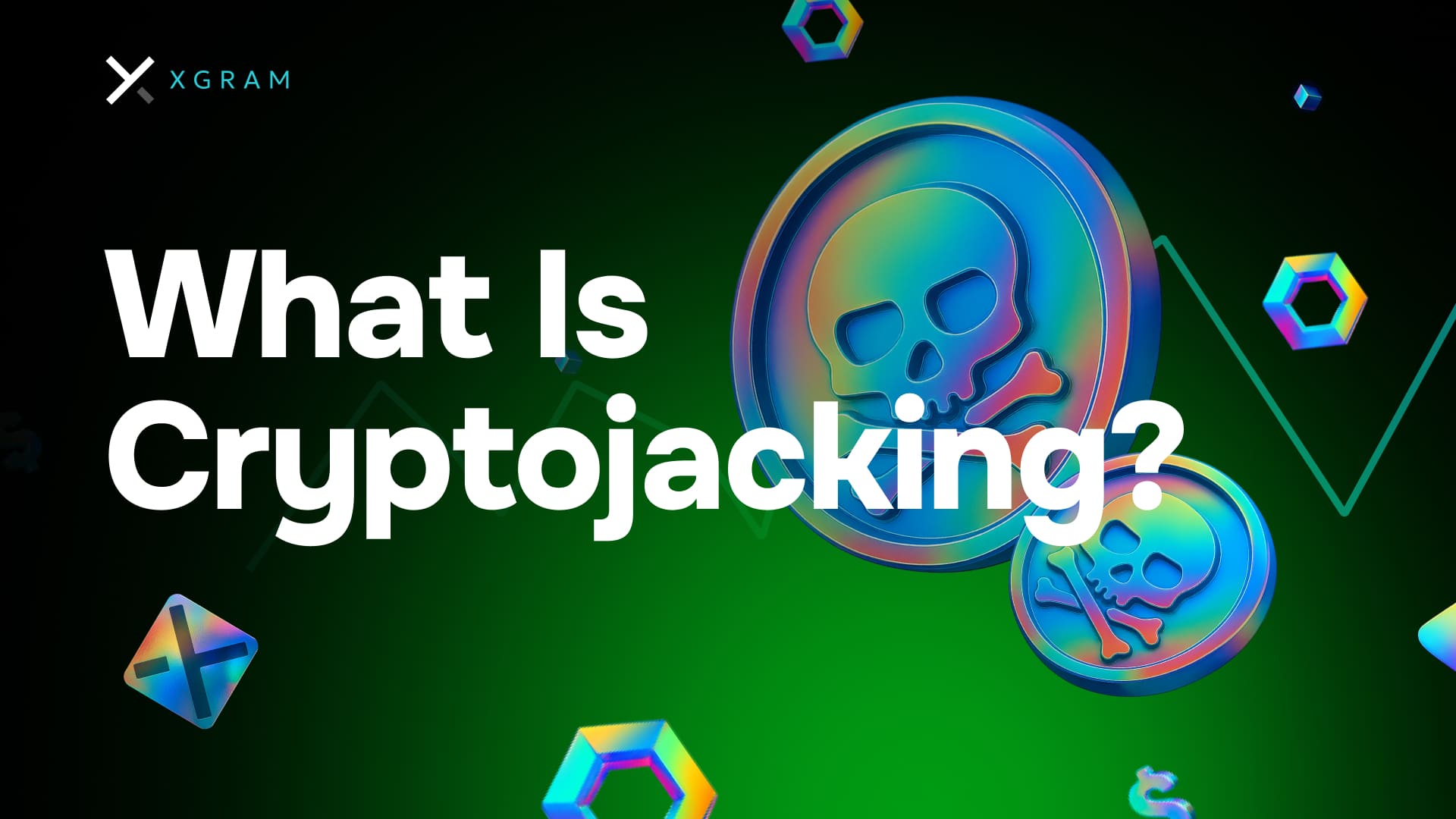
TL;DR: Cryptojacking é o uso secreto dos teus dispositivos (computadores, smartphones ou servidores) para minerar criptomoedas sem a tua permissão. Ele entra no sistema por meio de links maliciosos, sites infectados ou software comprometido. Depois de instalado, sequestra o poder de processamento para gerar moedas para os atacantes—acabando com a tua bateria, deixando tudo mais lento e aumentando a conta de luz. Com os cuidados certos, dá para detectar e bloquear esses ataques antes que causem estragos.
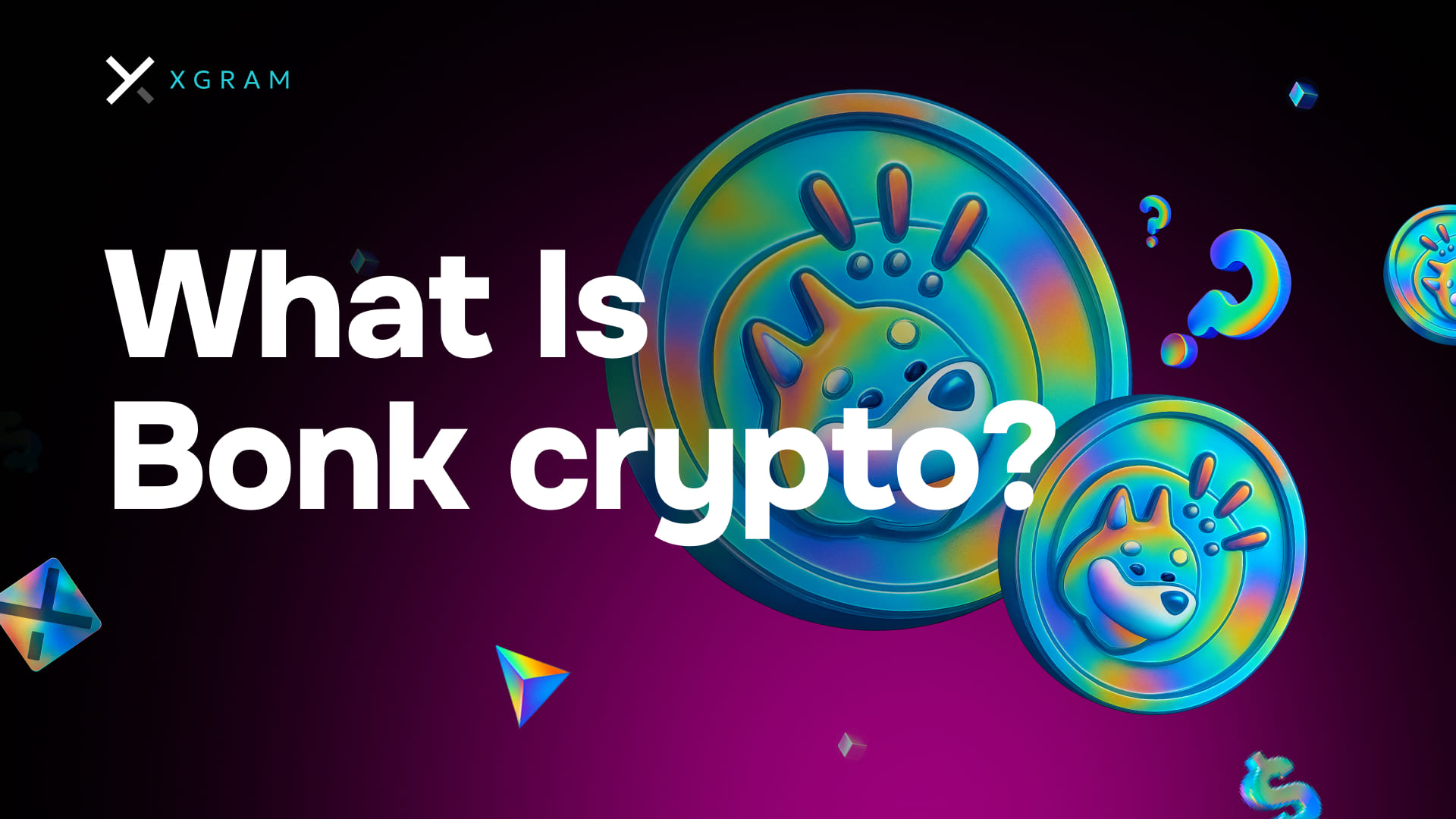
TL;DR: Bonk é uma criptomoeda relativamente nova que chamou atenção pelo seu branding único e apelo de meme. Você pode ouvir pessoas comparando com outras meme coins, mas o projeto tenta ir além do hype ao adotar uma abordagem de cripto orientada pela comunidade. Como a maioria dos tokens emergentes, Bonk traz tanto oportunidades quanto riscos que você deve entender bem antes de investir. Estudar os fundamentos do Bonk é essencial para decidir se ele se encaixa ou não na sua estratégia de investimento.
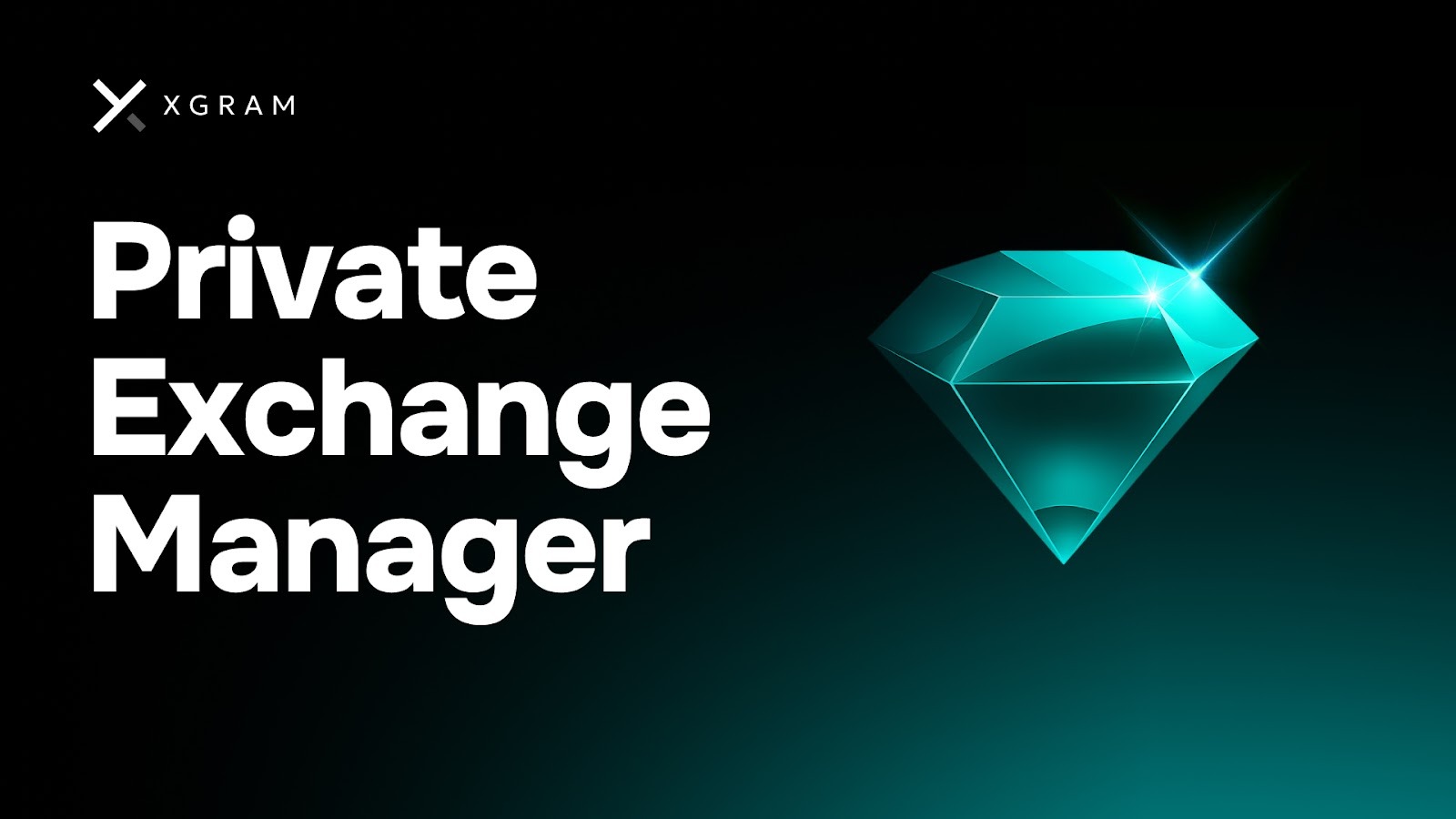
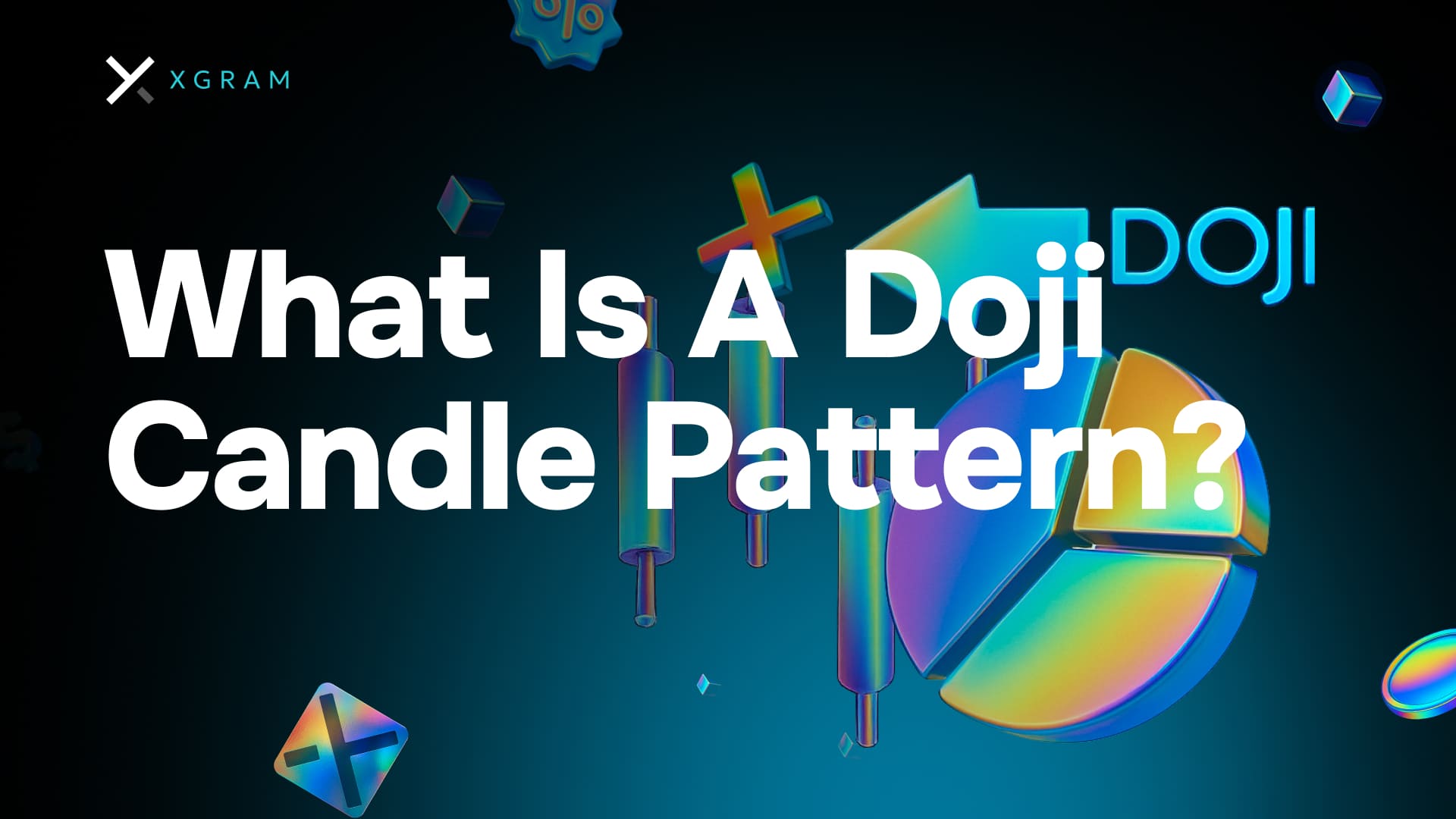
Você já se perguntou o que é uma vela doji e por que os traders se importam tanto com ela? Entender as velas doji pode aprofundar a sua compreensão dos movimentos de mercado e te ajudar a identificar momentos em que os preços podem estar prestes a mudar de direção. Abaixo, você encontra tudo o que precisa para ler e usar com confiança os padrões de velas doji na sua própria jornada de trading.

Concurso de Negociação USDT com um prémio de 1.000 dólares na Xgram – 10 Traders Aleatórios Ganharão 100 dólares!
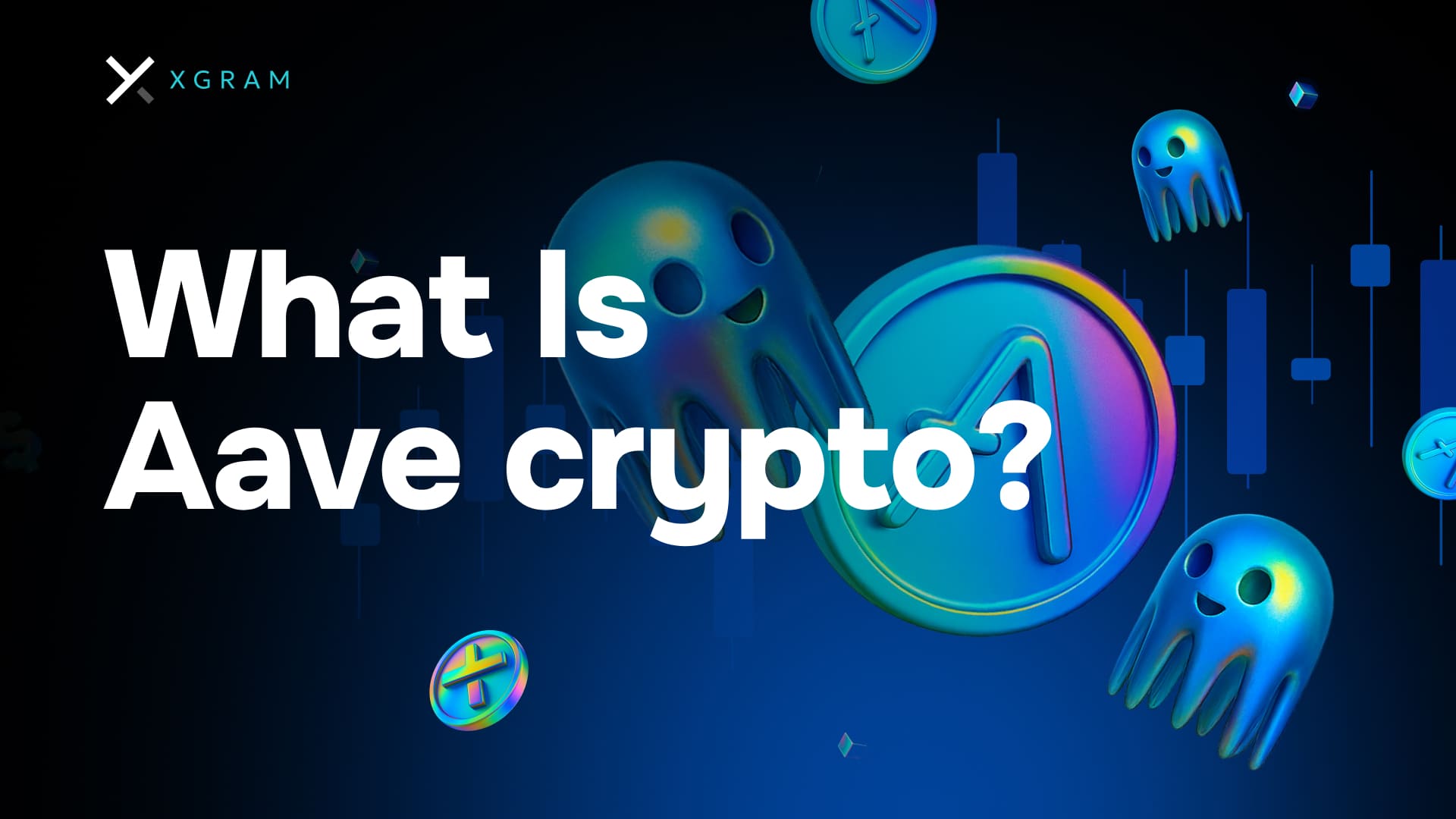
Se estás a entrar em finanças descentralizadas pela primeira vez, talvez te perguntes: o que é Aave em cripto? Esse protocolo desempenha um papel chave no espaço de empréstimos cripto ao conectar tomadores e fornecedores de liquidez sem intermediários tradicionais. Em termos simples, o Aave foi criado para te permitir ganhar juros sobre os teus ativos digitais ou pedir empréstimos usando esses ativos como garantia. Abaixo, vais encontrar o essencial para entender se o Aave encaixa na tua estratégia pessoal de criptomoedas.